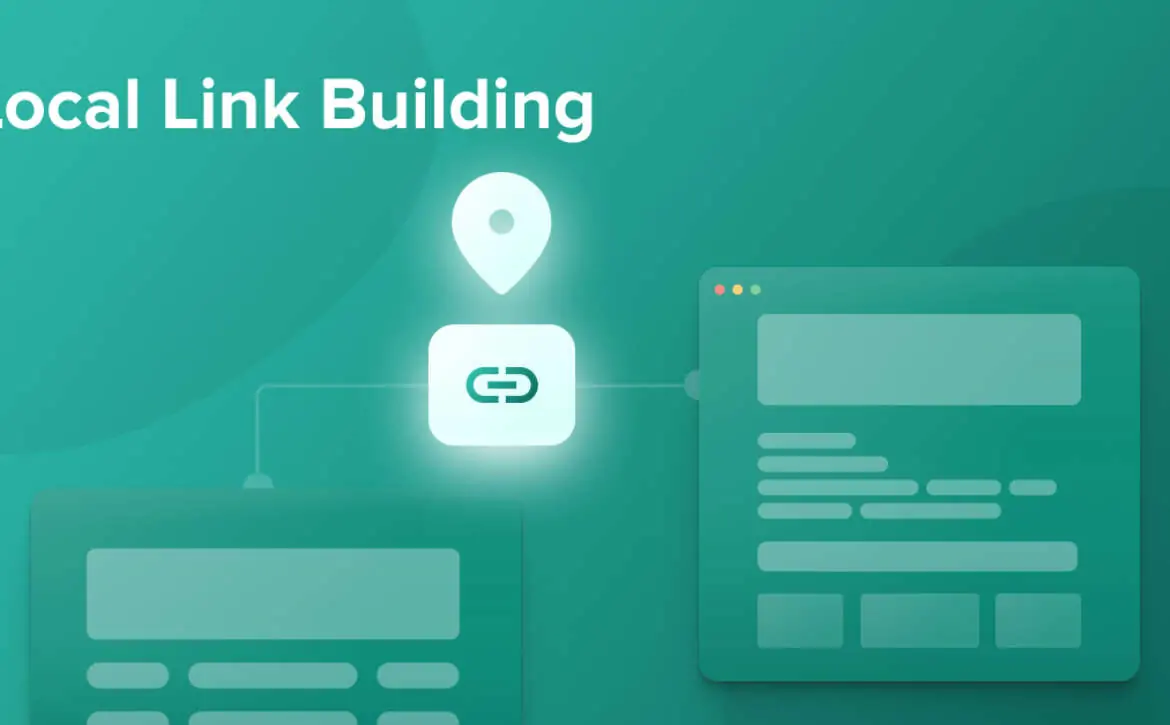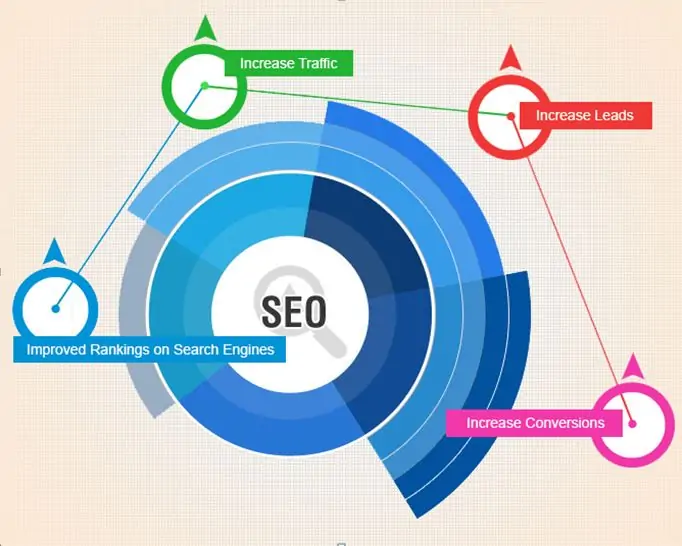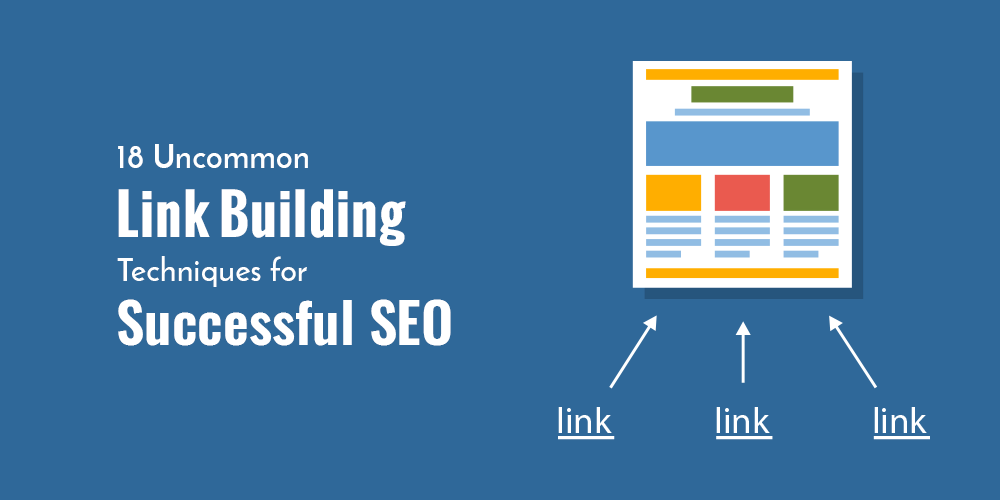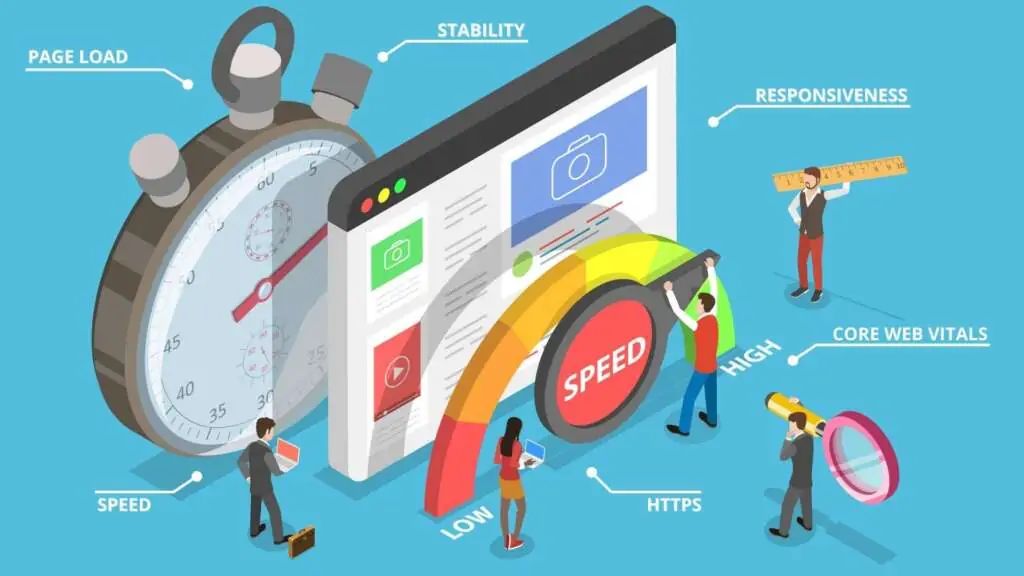Essential Strategies For Successful Mobile SEO
In today’s digital landscape, where mobile devices have become the primary gateway to the internet, mobile SEO is no longer an option but a necessity. Mobile search traffic continues to surge, making it imperative for businesses and website owners to optimize their online presence for mobile users. Explore essential strategies for successful mobile SEO in the mobile-first era.
1. Mobile-First Indexing: What It Means
Google’s mobile-first indexing is a fundamental shift in how websites are evaluated and ranked. In the past, Google primarily used the desktop version of a site to determine its search engine ranking. With mobile-first indexing, the mobile version of a website becomes the starting point for Google’s indexing and ranking.
2. Responsive Web Design: The Foundation
A responsive web design is the cornerstone of successful mobile search engine optimization. It ensures that your website adapts seamlessly to various screen sizes and devices. Here’s why it’s crucial:
- Improved User Experience: Responsive design provides a consistent and user-friendly experience, regardless of the device used.
- Favorable Ranking Signals: Google favors mobile-responsive websites, leading to better search engine rankings.
3. Page Speed Optimization
Mobile users expect fast-loading pages. Slow-loading websites can result in high bounce rates and poor user experience. To optimize page speed for mobile search engine optimization:
- Optimize Images: Compress images, use the WebP format, and leverage lazy loading to enhance page load times.
- Minimize Redirects: Excessive redirects can slow down page loading. Keep them to a minimum.
- Leverage Browser Caching: Utilize browser caching to store frequently accessed resources on a user’s device, reducing load times for returning visitors.
- Content Delivery Networks (CDNs): CDNs distribute your content across multiple servers globally, reducing the physical distance between the user and the server, which accelerates page loading.

4. Mobile-Friendly Content
Content is king in SEO, and mobile-friendliness extends to the content itself. Here’s how to ensure your content is mobile-friendly:
- Use Readable Fonts: Choose legible fonts and maintain a font size that doesn’t require users to pinch or zoom to read.
- Shorter Paragraphs and Sentences: Break content into shorter paragraphs and sentences for easier mobile consumption.
- Optimize for Scannability: Use subheadings, bullet points, and concise sentences to make content scannable.
- Avoid Pop-ups: Intrusive pop-ups can frustrate users on mobile devices. Use them sparingly and consider their impact on user experience.
5. Mobile-Friendly Keywords
Optimizing for mobile-friendly keywords involves understanding how mobile users search and tailoring your content accordingly. Mobile users often use voice search and mobile-specific phrases, so it’s vital to incorporate these in your mobile search engine optimization strategy.
- Long-Tail Keywords: Mobile users tend to use conversational, long-tail keywords in voice searches. Optimize for these queries.
- Local Optimization: Mobile searches often have local intent. Ensure your content is optimized for local SEO with localized keywords.
- Featured Snippets: Try to secure the coveted “position zero” with featured snippets. Mobile users often appreciate concise answers to their questions.
6. Mobile Page Indexing and Accessibility
Ensure that all pages of your website, including mobile versions, are accessible to search engine crawlers. Use Google’s mobile-friendly test to check the mobile-friendliness of your pages.
- Robots.txt File: Review your website’s robots.txt file to ensure that it allows crawling of your mobile content.
- Sitemaps: Submit separate sitemaps for your mobile and desktop versions to Google Search Console to aid indexing.
- Structured Data Markup: Implement structured data markup to help search engines understand your mobile content better.

7. User Experience and Mobile search engine optimization
User experience is paramount in mobile search engine optimization A positive user experience can lead to increased user engagement and higher rankings.
- Mobile-Friendly Navigation: Implement a user-friendly, mobile-responsive navigation menu for easy access to your website’s content.
- Touch-Friendly Buttons: Ensure that all interactive elements are touch-friendly for mobile users, eliminating the need for precise tapping.
- Avoid Intrusive Interstitials: Pop-ups and intrusive interstitials that block the main content can harm user experience. Use them sparingly and strategically.
8. Mobile-First Testing and Analytics
Regularly test your website’s mobile performance and use analytics to gain insights into user behavior:
- Google’s Mobile-Friendly Test: Use this tool to check your website’s mobile-friendliness and receive recommendations for improvement.
- Google Analytics: Analyze mobile user data to gain insights into user behavior, bounce rates, and conversions.
9. AMP (Accelerated Mobile Pages)
AMP is an open-source project that creates optimized versions of your web pages for faster loading on mobile devices. While it’s not suitable for all types of content, AMP can significantly improve mobile page load times and user experience.
10. Local SEO for Mobile
If your business has a physical presence or serves specific locations, prioritize local SEO for mobile users:
- Google My Business: Optimize your Google My Business listing for local search, including your contact information, location, and business hours.
- Local Reviews: Encourage customers to leave reviews, and respond to them promptly.
- Local Keywords: Use location-specific keywords in your content to attract local mobile search traffic.
In conclusion, mobile SEO is indispensable for website owners and businesses. By implementing responsive web design, optimizing page speed, creating mobile-friendly content, adapting your keyword strategy, and ensuring a positive user experience, you can navigate the mobile SEO landscape successfully. Remember that mobile search engine optimization is an ongoing process, and staying current with best practices is essential to maintaining and improving your mobile search rankings and visibility.




























